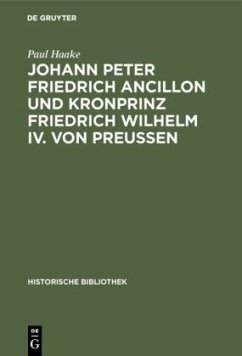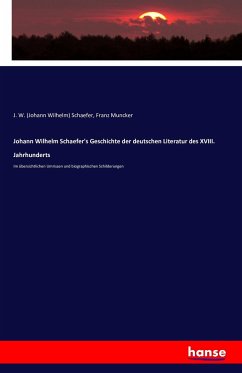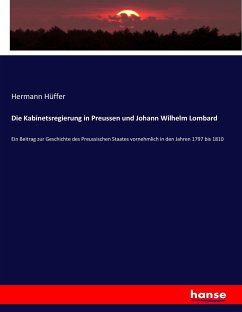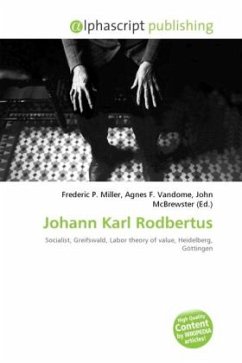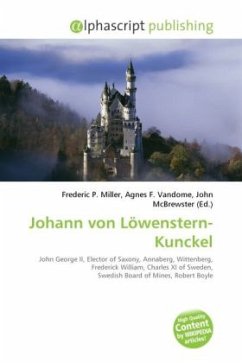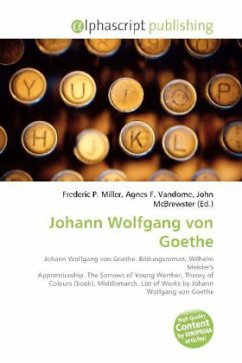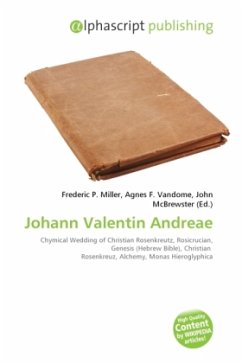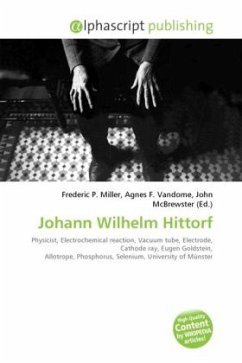
Johann Wilhelm Hittorf
Versandkostenfrei!
Versandfertig in 6-10 Tagen
29,99 €
inkl. MwSt.

PAYBACK Punkte
15 °P sammeln!
High Quality Content by WIKIPEDIA articles! Johann Wilhelm Hittorf (March 27, 1824 November 28, 1914) was a German physicist who was born in Bonn and died in Münster, Germany. Hittorf was the first to compute the electricity-carrying capacity of charged atoms and molecules (ions), an important factor in understanding electrochemical reactions. He formulated ion transport numbers and the first method for their measurements He observed tubes with energy rays extending from a negative electrode. These rays produced a fluorescence when they hit the glass walls of the tubes. In 1876 the effect was...
High Quality Content by WIKIPEDIA articles! Johann Wilhelm Hittorf (March 27, 1824 November 28, 1914) was a German physicist who was born in Bonn and died in Münster, Germany. Hittorf was the first to compute the electricity-carrying capacity of charged atoms and molecules (ions), an important factor in understanding electrochemical reactions. He formulated ion transport numbers and the first method for their measurements He observed tubes with energy rays extending from a negative electrode. These rays produced a fluorescence when they hit the glass walls of the tubes. In 1876 the effect was named "cathode rays" by Eugen Goldstein. Hittorf's early investigations were on the allotropes of phosphorus and selenium. Between 1853 and 1859 his most important work was on ion movement caused by electric current. In 1853 Hittorf pointed out that some ions traveled more rapidly than others. This observation led to the concept of transport number, the fraction of the electric current carried by each ionic species.



